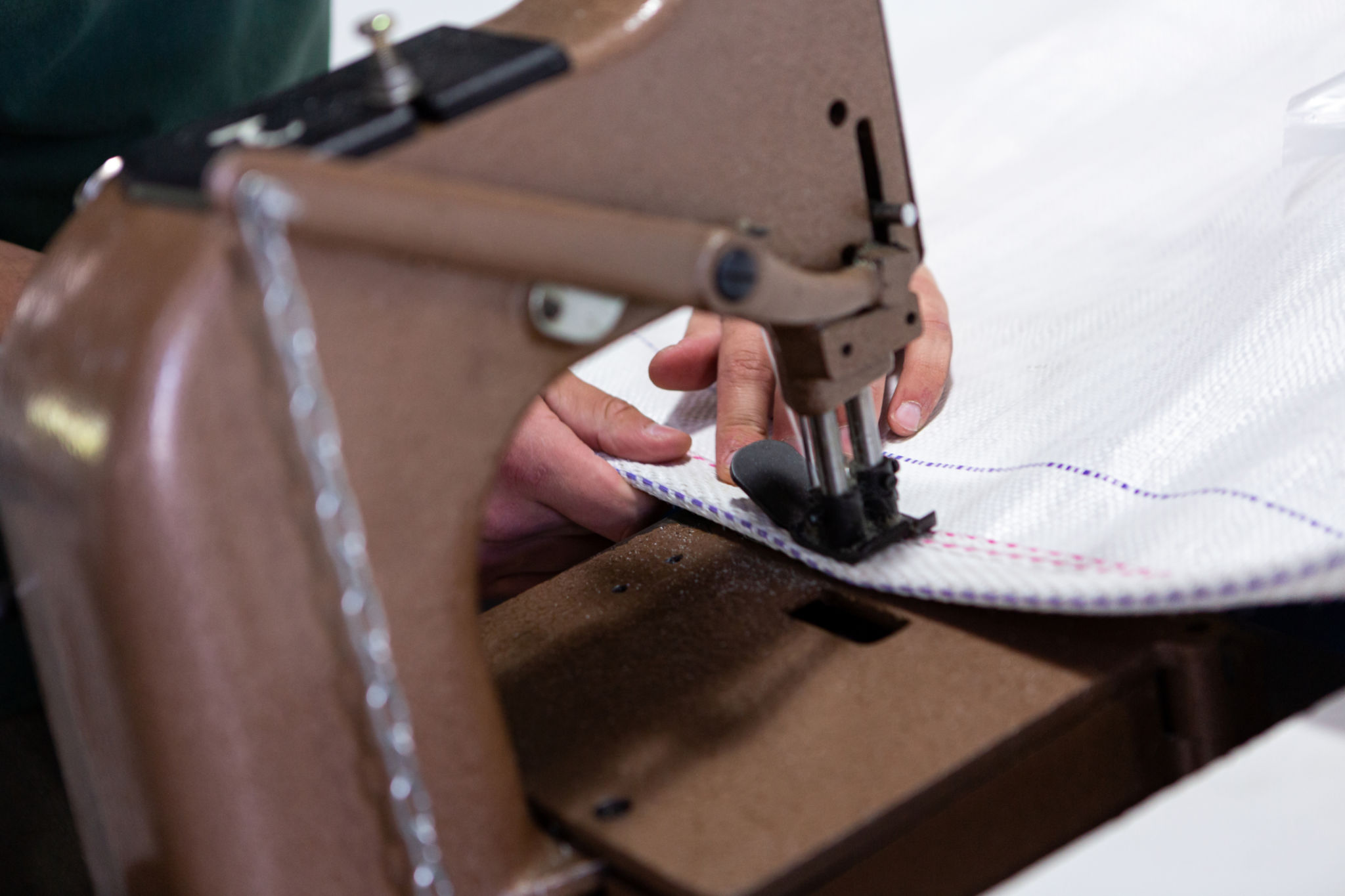Expert Advice: When to Repair vs. Replace Your Sewing Machine
Introduction
Sewing machines are essential tools for many craft enthusiasts and professionals alike. However, like any machine, they can experience wear and tear over time. Knowing whether to repair or replace your sewing machine can save you money and frustration in the long run. In this guide, we'll delve into expert advice on making that decision.
Assessing the Age of Your Sewing Machine
The age of your sewing machine is a significant factor in deciding whether to repair or replace it. Older machines, especially those over 20 years old, may not have parts readily available. On the other hand, vintage machines can be worth repairing if they are of high quality and sentimental value.

Understanding the Machine's Value
Before making a decision, consider the value of your sewing machine. If it's a high-end model that initially cost a significant amount, investing in repairs might be worthwhile. Conversely, if it was an inexpensive model, replacing it could be more cost-effective.
Identifying Common Sewing Machine Problems
Common issues such as tension problems, broken needles, or jamming can often be resolved with simple adjustments or minor repairs. However, more severe issues like motor failure or electrical problems might require professional assistance or replacement.

Symptoms Indicating It's Time for Replacement
If your sewing machine frequently breaks down or has persistent issues despite repairs, it may be time to consider a replacement. Look for these signs:
- Inconsistent stitching despite adjustments.
- Unusual noises or vibrations during operation.
- Repeated electrical issues.
Evaluating Repair Costs
When facing a repair, it's crucial to weigh the costs against the benefits. Obtain a quote from a qualified technician and compare it to the price of a new machine. If repairs exceed 50% of the cost of a new machine, replacement is usually recommended.

Considering Your Sewing Needs
Your personal sewing needs should also influence your decision. If your skills have advanced or your projects have changed, upgrading to a machine with more features may be beneficial. Conversely, if your current machine meets your needs and repairs are minimal, sticking with it could be wise.
Environmental Impact and Sustainability
Replacing a sewing machine contributes to electronic waste. If sustainability is important to you, prioritize repairs whenever feasible. Many parts can be recycled or reused, reducing the environmental impact.

Conclusion
Deciding whether to repair or replace your sewing machine depends on a variety of factors including age, value, repair costs, and personal needs. By carefully assessing these elements, you can make an informed choice that ensures continued enjoyment of your sewing projects.